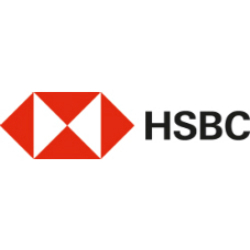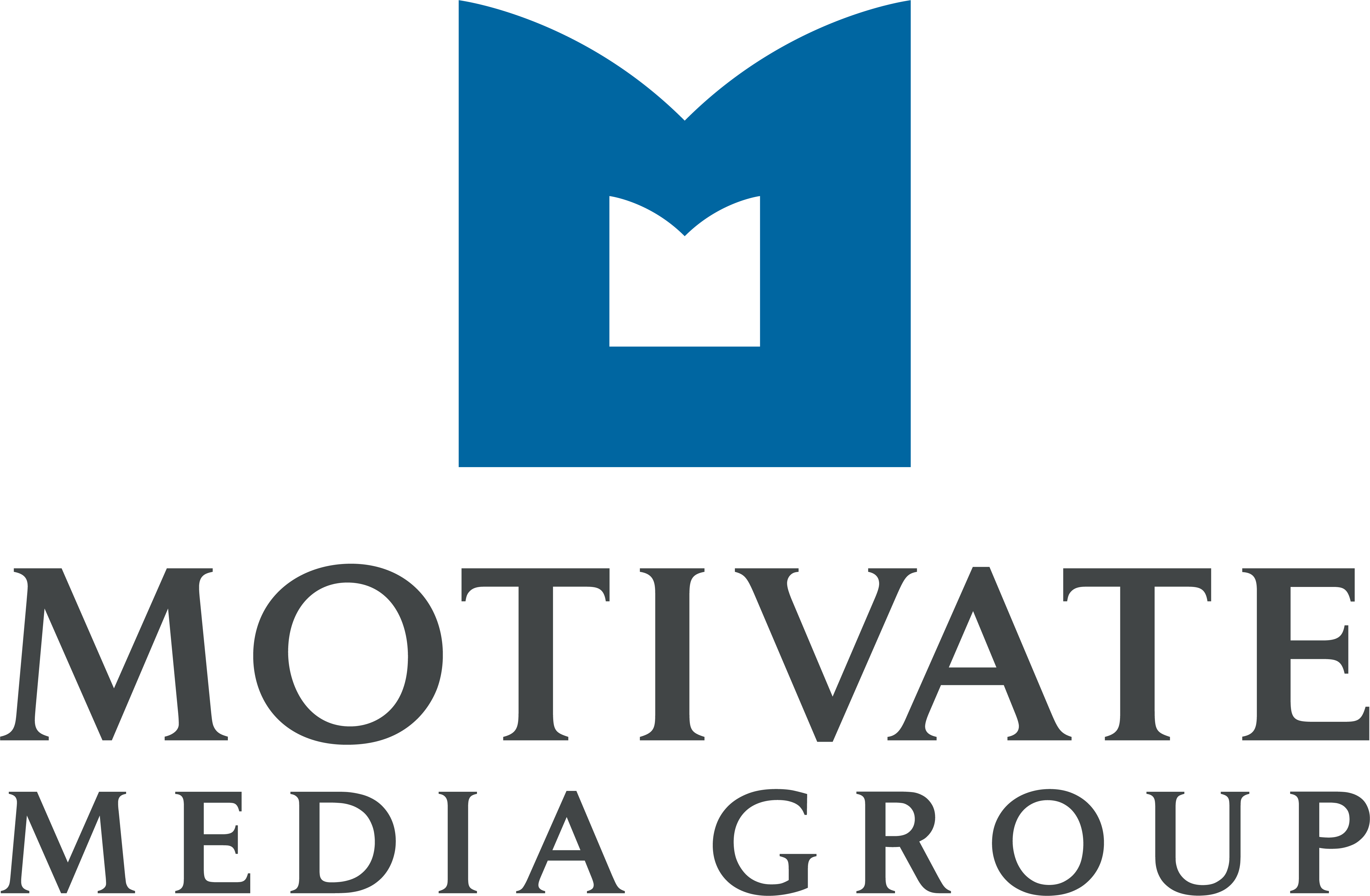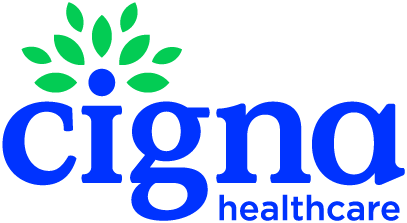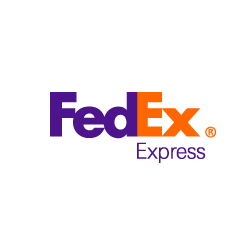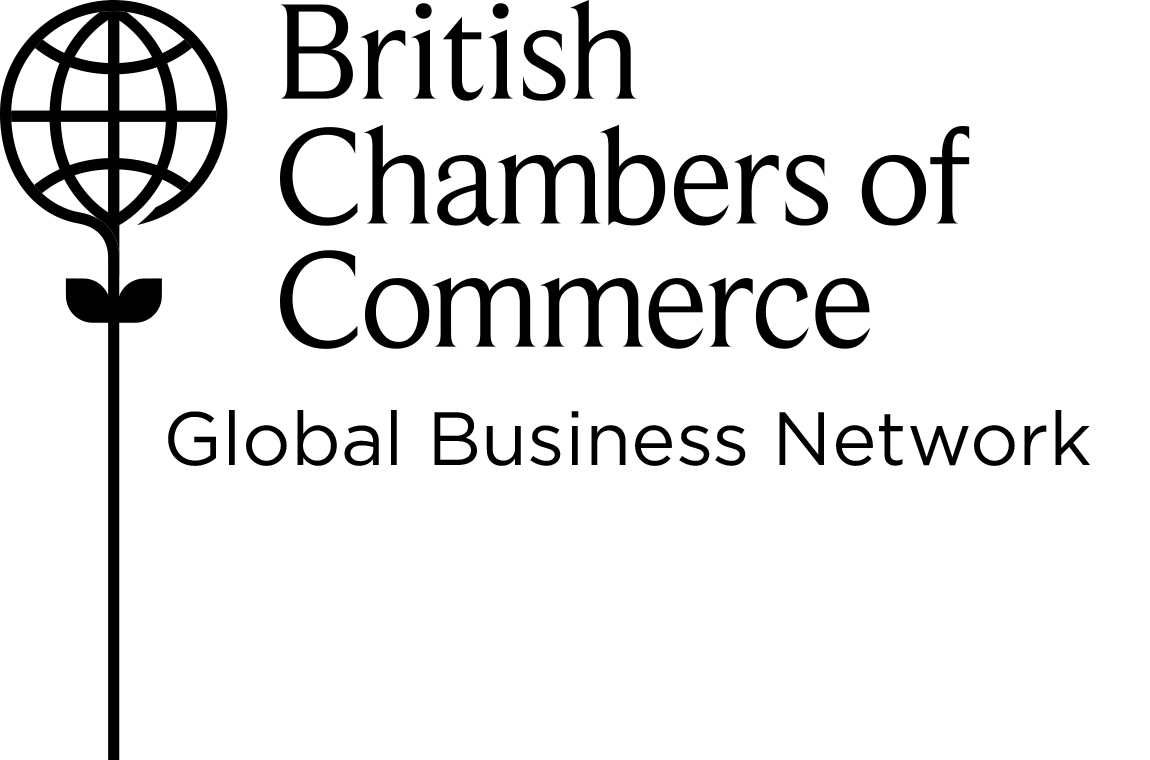Five Things to Consider for On-Page SEO
Date Posted:Thu, 4th Nov 2021

The Oxford College of Marketing shares insights into ON-Page SEO
SE0 is not a one time job, it must be managed and updated regularly for you to see the best results. In this article, we will cover five things that every website owner should consider in their on-page SEO strategy.
What is on-page SEO?
On-page SEO is the practice of optimising specific web pages to achieve a high ranking in the search results, for example, Google. This means having keywords and content on your page that are relevant to what people are searching for.
SEO should always be considered before publishing any new content; it's the foundation of all your other marketing efforts. Below, we explore the five main areas you should focus on in your on-page SEO strategy for best results.
Keyword Optimisation
The first step to having an on-page SEO strategy is choosing the right keywords for your content. This is done by researching your keywords. You can do this with tools such as Google's keyword planner.
Once you have done some keyword research and decided upon your keyword or sentence, you can optimise the content around it. Your keyword should be in the title of your content, one or two of the headings, the alt tags of your images and the body of the content itself. Keyword optimisation can also help with your paid advertising efforts (PPC).
Heading Elements
When writing content for your page, it should be clear and informative for the reader. Search engines such as Google and Bing send out bots to crawl websites. These bots will read the content and give a score to relevant pages.
One of the factors they are assessing is heading elements. Your page has H tags such as Heading (H) element one, Heading (H) element two etc. Search engines see this as necessary information for ranking your site, so it's essential they are used correctly within your content.
- H tags should be used as a hierarchy, so H1 is most important, followed by H2 and so on.
- H1 is reserved for the main title. There should only be one H1 tag in a piece of content.
- H2 is used for subheadings. They break up the main content and make it easier to read. You can have multiple H2 tags in a piece of content.
- H3 is used for sub-subheadings. Again, these break up the main content and make it easier to read. Once again, you can have multiple H3 tags. H4, H5 etc., follow on in the hierarchy of the content.
Using heading elements correctly will help with on-page SEO as they are seen as important information for search engines such as Google and Bing. Use H tags with the same level throughout your website to avoid confusing search engines and lowering their trust in your site.
Alt text
Alt-text is an attribute of the HTML tag. Search engines will read the alt text to help improve your page's SEO. It also helps with accessibility for users who are visually impaired or use screen readers on a browser, as they can hear what each link says.
The purpose of using alt text is to provide alternative information about images. When you upload images to accompany your content, include alt text to explain what it depicts. Use your keyword in one or two of the images to reinforce what the page is about.
Internal links
Internal links help search engines understand the context of a page, and they also encourage visitors to browse more pages on your site. It is helpful for SEO as well because it boosts rank, but most importantly, you are creating content that adds value for readers. For example, if someone wants to find out more about "WordPress plugins" and you have content that explains this in more depth, there should be a link to that page within the content.
External Links
When creating content, you can also place external links within it. These are links to content on other websites that may have been used in reference to your own article. It is helpful to place these links as it helps visitors find out more information from other sources, and you will also be able to back up claims with evidence from an external source.
External links placed within your content help search engines understand what your article is about and tell them that the content you are linking to may be of interest. On-page SEO should not be ignored as it is the foundation of all content marketing efforts. There's no point wasting time creating content that no one will ever read.
By incorporating the above tips into your written content, you will be making it easier for the search engines to understand the topic and intent. This will help drive traffic to your website.
Study With the Oxford College of Marketing
The Oxford College of Marketing is a leading provider of professional sales, marketing and PR training, qualifications and courses, helping individuals excel in their marketing careers. To find out more about our professional courses, please contact our team today via our website or by emailing us at enquiries@oxfordpeg.com.





